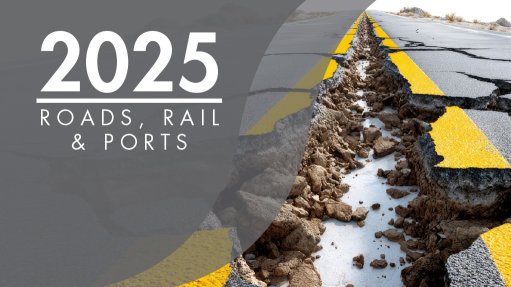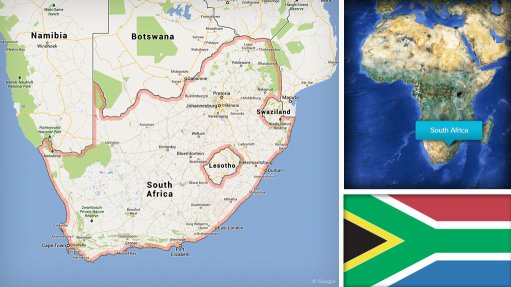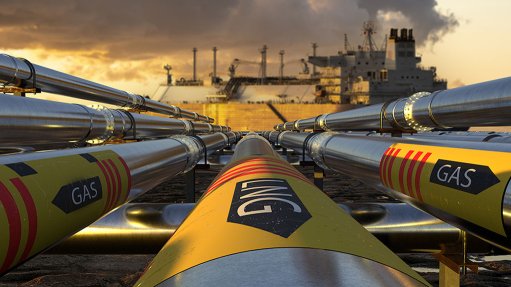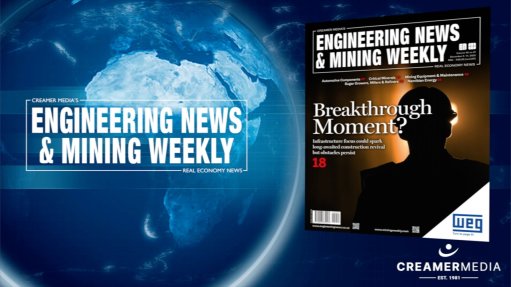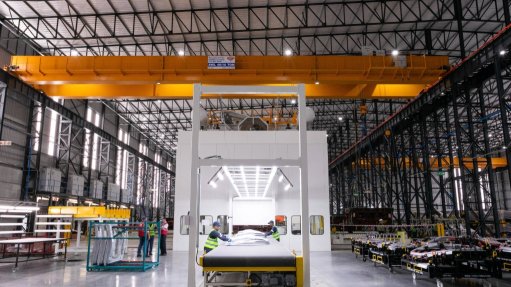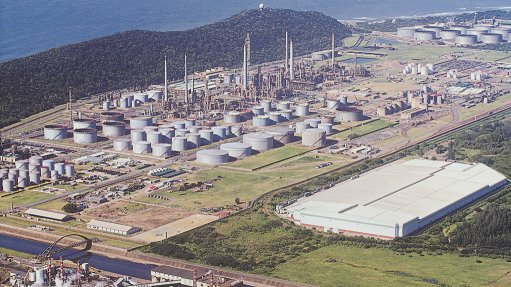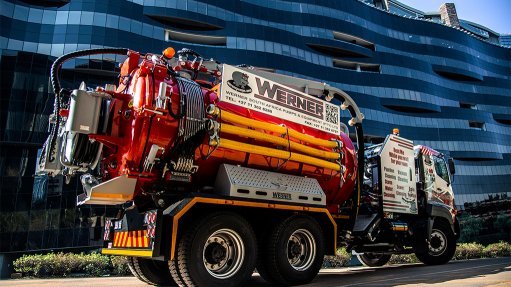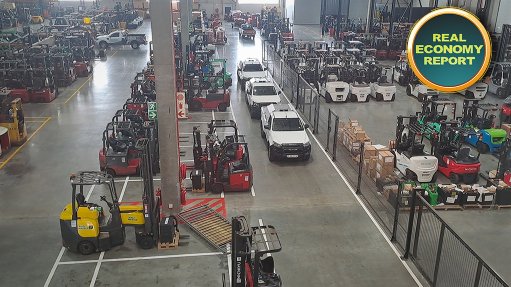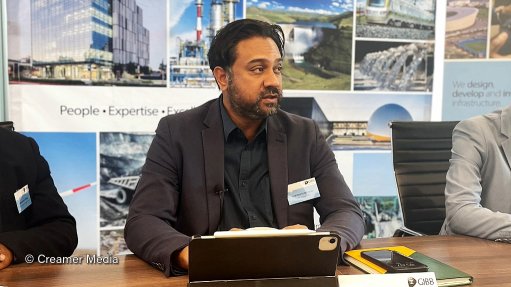Volatile global demand negatively affecting steel, associated industries

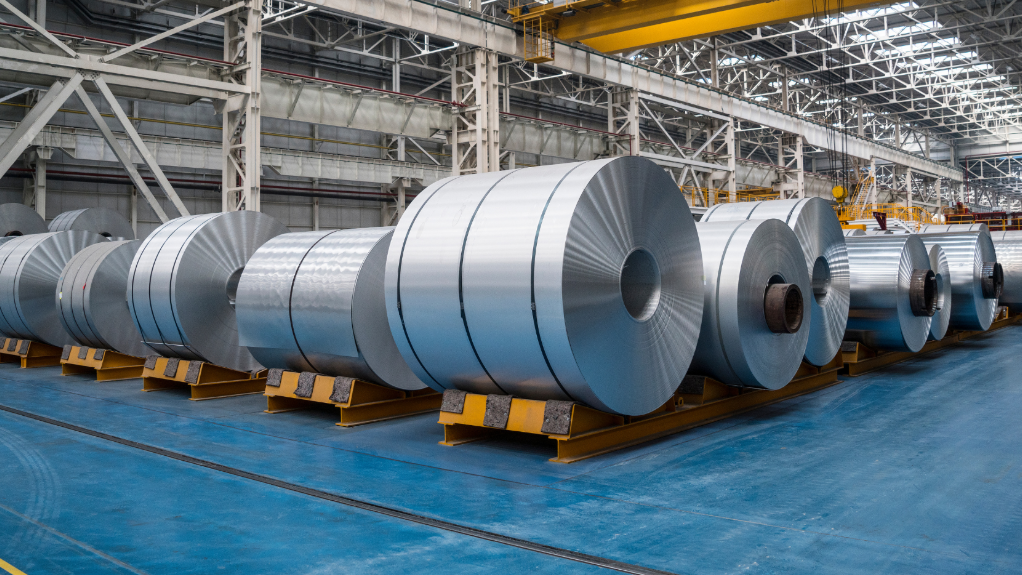
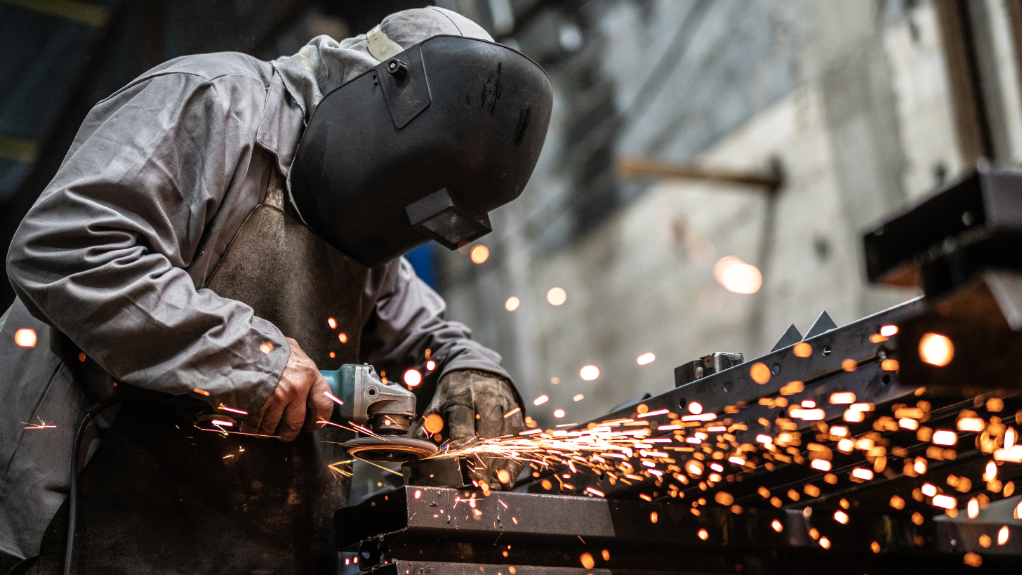
NOT QUITE ROLLING ALONG The challenges facing the steel and stainless-steel industries pose threats to numerous sectors and other industries
ENHANCED STEEL WORKFORCE Improving the manufacture of local steel products and minimising imports will also improve the workforce motivation of steel industry manufacturers and producers
Shrinking local and global demand for steel, owing to an oversupply of raw and processed variants – especially in China – and increased imports are the main causes for the declining steel and stainless-steel prices in South Africa, which is harming the already faltering local sector.
This situation – in addition to supply chain and logistical issues impeding the country’s economy – has precipitated the anticipated closure of major steel manufacturer ArcelorMittal’s long-steel plants in Gauteng and KwaZulu-Natal, says trade credit insurance company Coface’s chief Africa economist Aroni Chaudhuri.
The challenges faced by the steel and stainless-steel industry pose threats to numerous sectors, including the “all-important” automotive manufacturing industry, as well as other industries reliant on stainless-steel products, such as cookware and cutlery manufacturers.
It is “going to be very difficult” for South African companies to compete with China’s steel and steel products output, as those products are currently cheaper than those manufactured locally, he adds.
“This also blurs the lines when thinking about the future of South Africa’s steel industry, as China is one of South Africa’s major trade partners, and a lack of demand for steel from China would likely result in disruptive and unproductive trade – a blow to the domestic economy.”
Chaudhuri believes that it is important for South African stakeholders to realise that China’s growth model may change in the coming years, and that steel and associated products may no longer be the basis of that model. Therefore, more innovative ways of finding demand for steel and stainless steel ought to be adopted.
“One must contemplate that China’s demand for steel is likely to decelerate in the longer term. Further, at some point, maybe China will, like advanced economies, specialise in industries that are less steel-intensive, transforming its steel industry to fit into its future economic model.”
Countries may need to prepare for such a reality in the future, but meanwhile, “not all hope is lost for the steel and stainless-steel sectors”, Chaudhuri comments.
The Government of National Unity (GNU) ought to start redressing deindustrialisation by resolving the logistical and supply chain constraints at the significant points of entry and export, such as ports, as well as energy supply issues.
The GNU should also revive the local rail system, and “make haste” in bolstering local demand for the steel and stainless-steel industry by implementing large-scale and much-need infrastructure repair or development projects, he adds.
Chaudhuri suggests that the rail network is a notable starting point because it is “simply the most efficient land transport for any kind of heavy material, mineral or metal: it’s absolutely critical to have a functional rail network”.
Further, the reinvigoration of the rail and logistics sectors will help to create some measure of momentum in the domestic economy by facilitating construction, repair, signalling and other projects, which, in turn, will create jobs as demand for steel, stainless steel and construction materials climbs. It will also boost demand for rail wagons, besides other products.
He also notes that, to embed long-term sustainability in the steel and metal products sector, government must create an environment that facilitates demand for steel and stainless-steel products.
By continuing to promote a reform agenda aimed at correcting the long-standing structural issues of the economy and achieving higher medium-term growth, the government could help generate local demand for household appliances, as well as real estate and infrastructure investments, which would boost the economy while bolstering the metals sector.
“After restoring port and rail functionality, and supporting the construction industry, the country will then be able to address other issues such as unemployment.”
For this to materialise, Chaudhuri says it is important to increase the participation of, and investment by, the private sector in the country’s assets through initiatives such as public–private partnerships. This will ensure a fairer balance and sharing of responsibilities between the State and the private sector, helping to create a functional economy and working systems.
“We are not necessarily talking about full privatisation. For instance, you privatise, but the State remains the majority stakeholder. You privatise, but you build a regulatory framework for the management of some public services by private entities. The State becomes more of the regulatory organ and the private sector is more of the operational organ,” he elaborates.
Going forward, South Africa must identify markets to which it can export steel and stainless-steel products. The African Continental Free Trade Area (AfCFTA) may yet prove a key instrument for the local stainless-steel industry.
Chaudhuri suggests that, even without AfCFTA, such export markets are likely to emerge in Africa – in countries such as Tanzania and Kenya – as infrastructure development and urbanisation are likely to drive the continent’s trajectory over the next 50 years.
Article Enquiry
Email Article
Save Article
Feedback
To advertise email advertising@creamermedia.co.za or click here
Comments
Announcements
What's On
Subscribe to improve your user experience...
Option 1 (equivalent of R125 a month):
Receive a weekly copy of Creamer Media's Engineering News & Mining Weekly magazine
(print copy for those in South Africa and e-magazine for those outside of South Africa)
Receive daily email newsletters
Access to full search results
Access archive of magazine back copies
Access to Projects in Progress
Access to ONE Research Report of your choice in PDF format
Option 2 (equivalent of R375 a month):
All benefits from Option 1
PLUS
Access to Creamer Media's Research Channel Africa for ALL Research Reports, in PDF format, on various industrial and mining sectors
including Electricity; Water; Energy Transition; Hydrogen; Roads, Rail and Ports; Coal; Gold; Platinum; Battery Metals; etc.
Already a subscriber?
Forgotten your password?
Receive weekly copy of Creamer Media's Engineering News & Mining Weekly magazine (print copy for those in South Africa and e-magazine for those outside of South Africa)
➕
Recieve daily email newsletters
➕
Access to full search results
➕
Access archive of magazine back copies
➕
Access to Projects in Progress
➕
Access to ONE Research Report of your choice in PDF format
RESEARCH CHANNEL AFRICA
R4500 (equivalent of R375 a month)
SUBSCRIBEAll benefits from Option 1
➕
Access to Creamer Media's Research Channel Africa for ALL Research Reports on various industrial and mining sectors, in PDF format, including on:
Electricity
➕
Water
➕
Energy Transition
➕
Hydrogen
➕
Roads, Rail and Ports
➕
Coal
➕
Gold
➕
Platinum
➕
Battery Metals
➕
etc.
Receive all benefits from Option 1 or Option 2 delivered to numerous people at your company
➕
Multiple User names and Passwords for simultaneous log-ins
➕
Intranet integration access to all in your organisation







